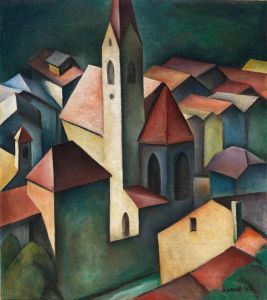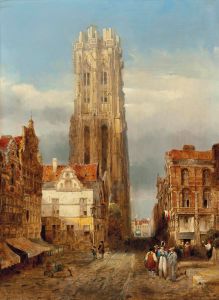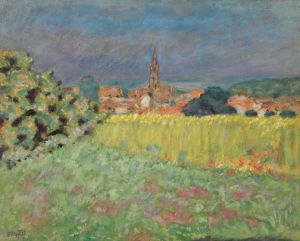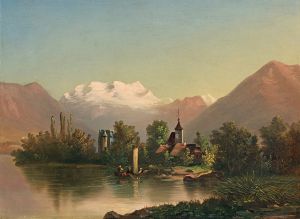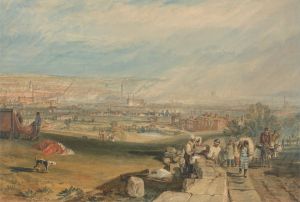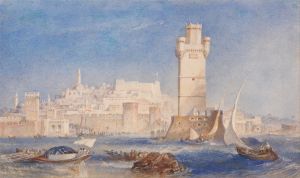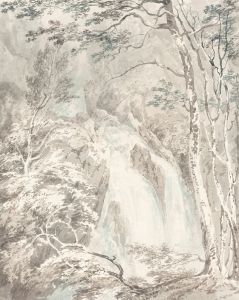
View of Ely Cathedral
A hand-painted replica of Joseph Mallord William Turner’s masterpiece View of Ely Cathedral, meticulously crafted by professional artists to capture the true essence of the original. Each piece is created with museum-quality canvas and rare mineral pigments, carefully painted by experienced artists with delicate brushstrokes and rich, layered colors to perfectly recreate the texture of the original artwork. Unlike machine-printed reproductions, this hand-painted version brings the painting to life, infused with the artist’s emotions and skill in every stroke. Whether for personal collection or home decoration, it instantly elevates the artistic atmosphere of any space.
Joseph Mallord William Turner, one of the most renowned British painters, created the artwork "View of Ely Cathedral" during the early 19th century. Turner, known for his expressive colorization, imaginative landscapes, and turbulent marine paintings, was a pivotal figure in the Romantic movement. His works often captured the sublime and the picturesque, and "View of Ely Cathedral" is no exception.
Ely Cathedral, located in Cambridgeshire, England, is a masterpiece of medieval architecture. It is known for its impressive size, unique octagonal tower, and rich history dating back to its founding as a monastery in 673 AD. The cathedral as it stands today was largely constructed between 1083 and 1375, showcasing a blend of Romanesque and Gothic architectural styles. Turner's depiction of Ely Cathedral reflects his fascination with historical and architectural subjects, which was a common theme in his body of work.
In "View of Ely Cathedral," Turner captures the grandeur and majesty of the cathedral within its surrounding landscape. His use of light and shadow, a hallmark of his style, emphasizes the cathedral's towering presence and intricate details. The painting likely reflects Turner's interest in the interplay between natural and man-made structures, a theme he explored throughout his career. The composition of the painting may also highlight Turner's skill in rendering atmospheric effects, as he often sought to convey the mood and essence of a scene rather than just its physical appearance.
Turner's approach to painting was innovative for his time. He often employed loose brushwork and a vibrant palette, which can be seen in his depiction of Ely Cathedral. This technique allowed him to convey movement and emotion, setting his work apart from the more precise and detailed styles of his contemporaries. Turner's influence on later generations of artists, particularly the Impressionists, is well-documented, as they adopted similar techniques to capture the fleeting effects of light and atmosphere.
While specific details about the circumstances under which Turner painted "View of Ely Cathedral" are not extensively documented, it is known that Turner traveled widely across Britain and Europe, sketching and painting landscapes and architectural subjects. His travels provided him with a wealth of material and inspiration, which he translated into his artworks. Ely Cathedral, with its historical significance and architectural beauty, would have been a compelling subject for Turner, fitting well within his broader artistic interests.
Turner's legacy as an artist is profound, and his works continue to be celebrated for their innovation and emotional depth. "View of Ely Cathedral" is a testament to his ability to capture the essence of a place, blending natural beauty with human achievement. The painting remains an important part of Turner's oeuvre, reflecting his mastery of landscape painting and his enduring impact on the art world.





